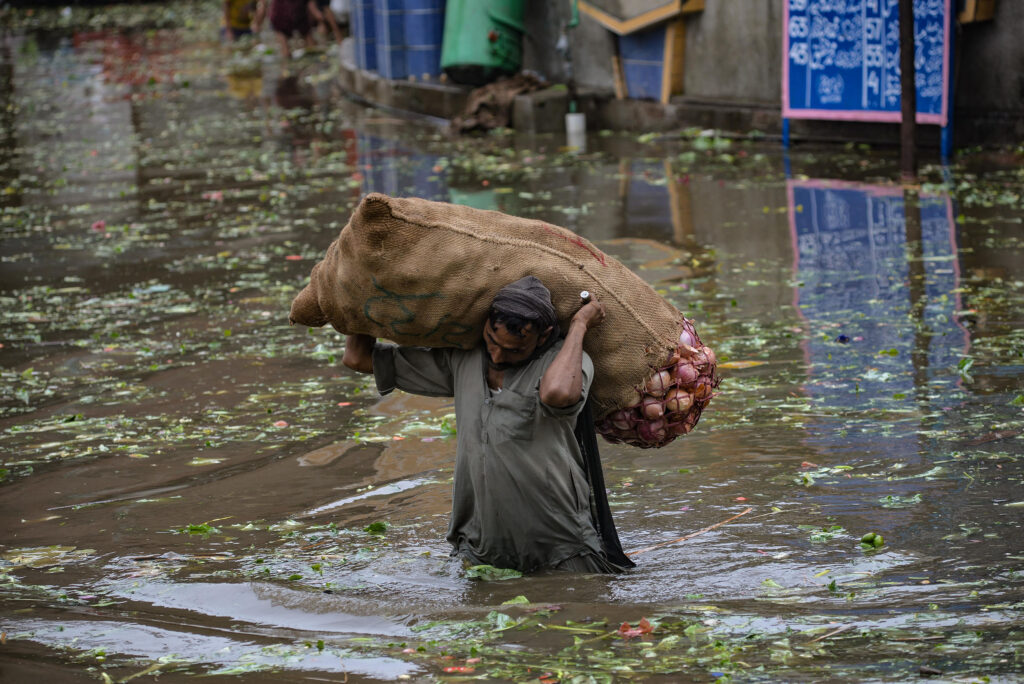Delhi Air Pollution and Smog in 2024
Air pollution in India is once again nearing severe levels, threatening the health and quality of life of many of its 1.4 billion people, including the more than 30 million residents of Delhi, which is the most polluted city. It’s a longtime problem that studies estimate takes about 12 years off the life expectancy of the average Delhi resident.
Now, there are signs that India, one of the world’s most polluted countries, is turning a corner towards making things better. However, the country is far from claiming victory over its deadly smog.
National Clean Air Programme
In 2019, India released its National Clean Air Programme (NCAP), aiming to reduce levels of PM10, or particulate matter, and PM2.5 (ultra-fine particulate matter) by 20-30% within five years across 131 non-attainment cities, or urban areas with pollution exceeding safe levels.
The early results are now rolling in, and they provide reasons for both hope and concern, according to a Climate Trends analysis of air pollution levels in the program’s target polluted cities.
Progress in Delhi’s air pollution has been modest. The megacity’s PM2.5 levels have improved marginally – by 5.9% since 2019. However, they also increased by 2.5% from 2022 to 2023 and remain the highest in India.
Why Is Air Pollution High in India?
Air pollution in India is high due to many reasons. Since late October 2023, Delhi has faced extreme pollution that occurs each winter, when the cold air traps the smog in the wider region bordered by the Himalayas. This also affects cities such as nearby Amritsar and the Pakistani city of Lahore.
Effects of Air Pollution in India
India’s air pollution and poor air quality caused 1.67 million premature deaths in India in 2019, according to a study in the medical journal The Lancet. Millions more suffer from lung cancer and respiratory ailments. The polluted air also causes asthma and pneumonia in children, which have spiked as the air quality has worsened in Delhi.
“I try to keep the doors and windows closed as much as possible,” Delhi resident Julie Tiwari told Al Jazeera in November 2023 as she held her baby, the one-month-old Ayansh, who suffered from a thick cough. “But it’s like breathing poison all the time. I feel so helpless,” she said.
In other cities, the air quality has become worse. In the northeastern city of Patna, PM10 levels have deteriorated by 5.8% since 2019, giving it the highest PM10 levels in India.
However, it’s a mixed bag overall. Of the 49 cities for which PM2.5 data is available from 2019 to 2023, 27 recorded improvements in PM2.5 levels. The figures are similar for PM10 — of the 46 cities for which air pollution data is available, 24 saw improvement in their PM10 levels.
The northern city of Lucknow and the southeastern city of Chennai had reductions in PM2.5 levels of 41.2% and 33.4% between 2019 and 2023, respectively. And in Patna, PM2.5 levels were reduced by 25.2% over the same time frame — indicating the city has had success in removing ultra-fine particles from its air.
Since it was launched in 2019, the NCAP has distributed about USD 1.2 billion to local governments to implement their own clean air action plans to reduce air pollution, while some city governments have used their own funds to action anti-pollution plans.
What Is the Largest Source of Air Pollution in India?
In November 2023, Delhi launched its project, the “Green War Room”, to combat indoor and outdoor air pollution, working with government agencies to identify and combat sources of pollution in real time. This involved stopping garbage fires and smoke-belching vehicles, as well as serving notices to polluting factories.
However, about 25% of Delhi’s pollution is caused by the burning of crop residue at farms outside city borders, according to the state-run Indian Institute of Tropical Meteorology, putting Delhi’s government at odds with neighbouring states governed by political rivals from the party of Prime Minister Narendra Modi.
Delhi’s yearly blanket of pollution leads to increased respiratory problems, coughs and colds and irritated eyes. Due to these issues, residents are forced to alter their ways of life. Each breath taken outside becomes harmful to their health. In congested areas, indoor air pollution also ensures residents have nowhere to escape when it comes to the harmful smog.
“The number of patients with breathing problems has increased,” Dr. Nikhil Modi told The Guardian in November. “People of all ages are affected by this. It is time for us to wear masks and go out only when needed.”
Air Quality Monitoring
The NCAP’s implementation has also coincided with an increase in air quality monitoring stations across India, providing more reliable data and giving hope that further reductions in air pollutants will take place in the years to come.
The government revised its initial target in PM10 particulate matter reduction to 40% by 2026, a sign it believes that the existing progress will continue.
India is in the middle of a rapid green energy transition but is simultaneously struggling to wean itself off coal while embracing renewable power. The country aims to meet 50% of its electricity requirements from renewable energy by 2030 and reach net-zero emissions by 2070. As of January 2022, India was already meeting 40% of its power capacity from renewable sources.
Judging by its progress so far in reducing air pollution levels, India has a long way to go — but residents have reason to hope that the air they breathe will become cleaner with each coming year.
Nick Aspinwall
Journalist, New York
Nick Aspinwall is a journalist based in New York. He was previously based in Taipei and Manila. He reports on migration, the environment, labor rights, and the human consequences of geopolitics. Nick’s work has appeared in The Washington Post, The Daily Beast, Vice, Al Jazeera, The Nation, Foreign Policy, Reuters, The New Humanitarian and many more. When he’s not reporting, he’s probably on a diving boat or getting lost in a mountain range.
Nick Aspinwall is a journalist based in New York. He was previously based in Taipei and Manila. He reports on migration, the environment, labor rights, and the human consequences of geopolitics. Nick’s work has appeared in The Washington Post, The Daily Beast, Vice, Al Jazeera, The Nation, Foreign Policy, Reuters, The New Humanitarian and many more. When he’s not reporting, he’s probably on a diving boat or getting lost in a mountain range.















